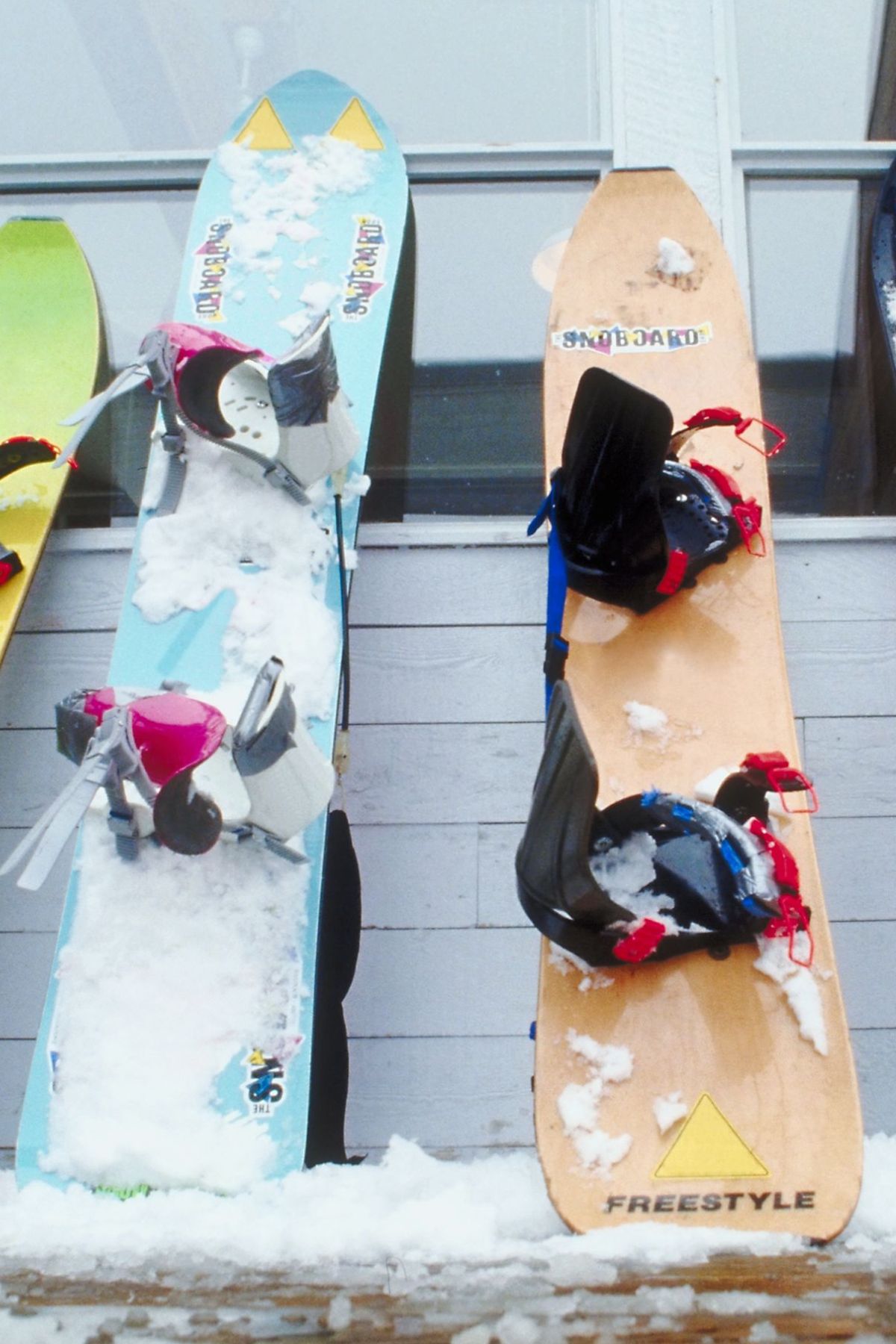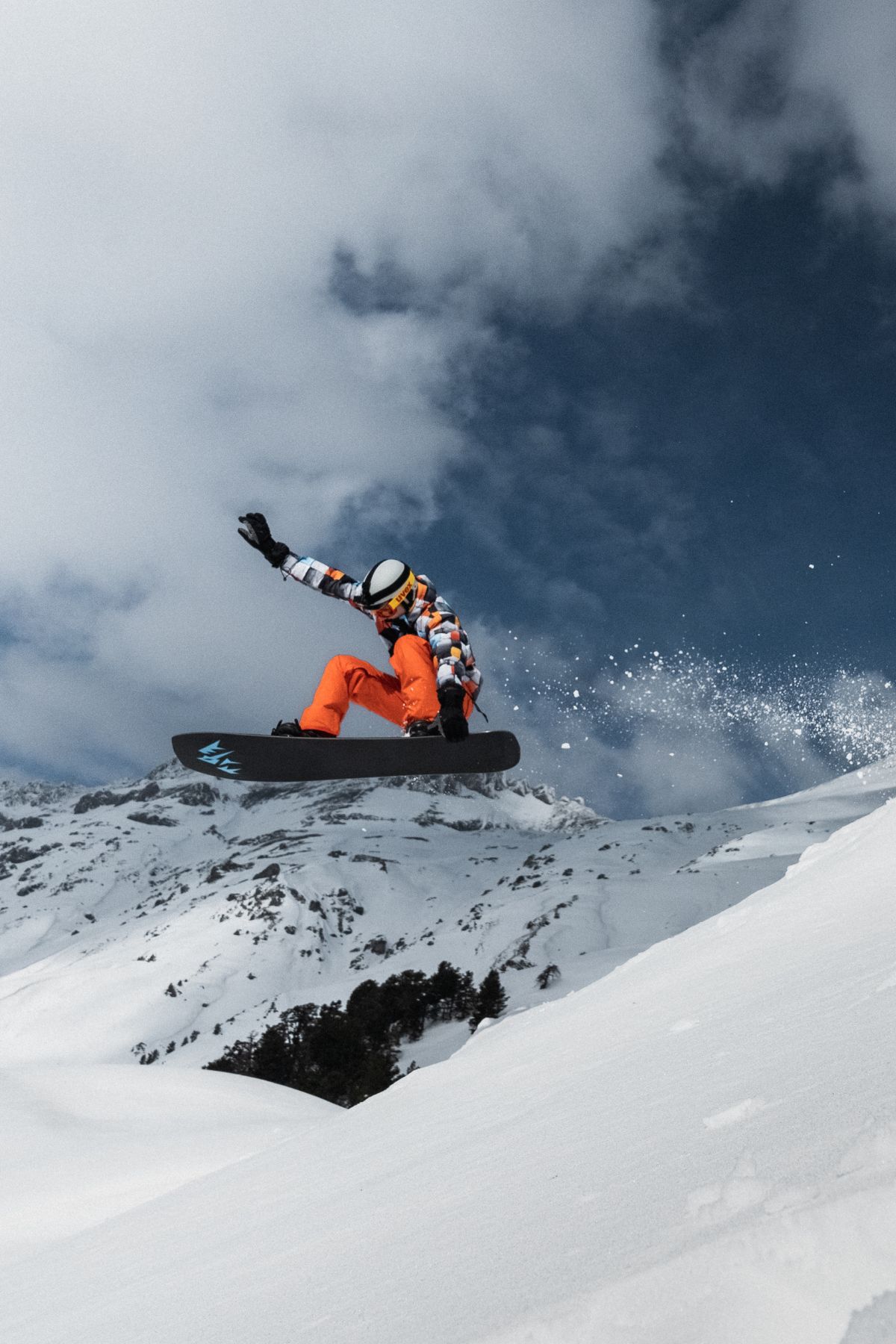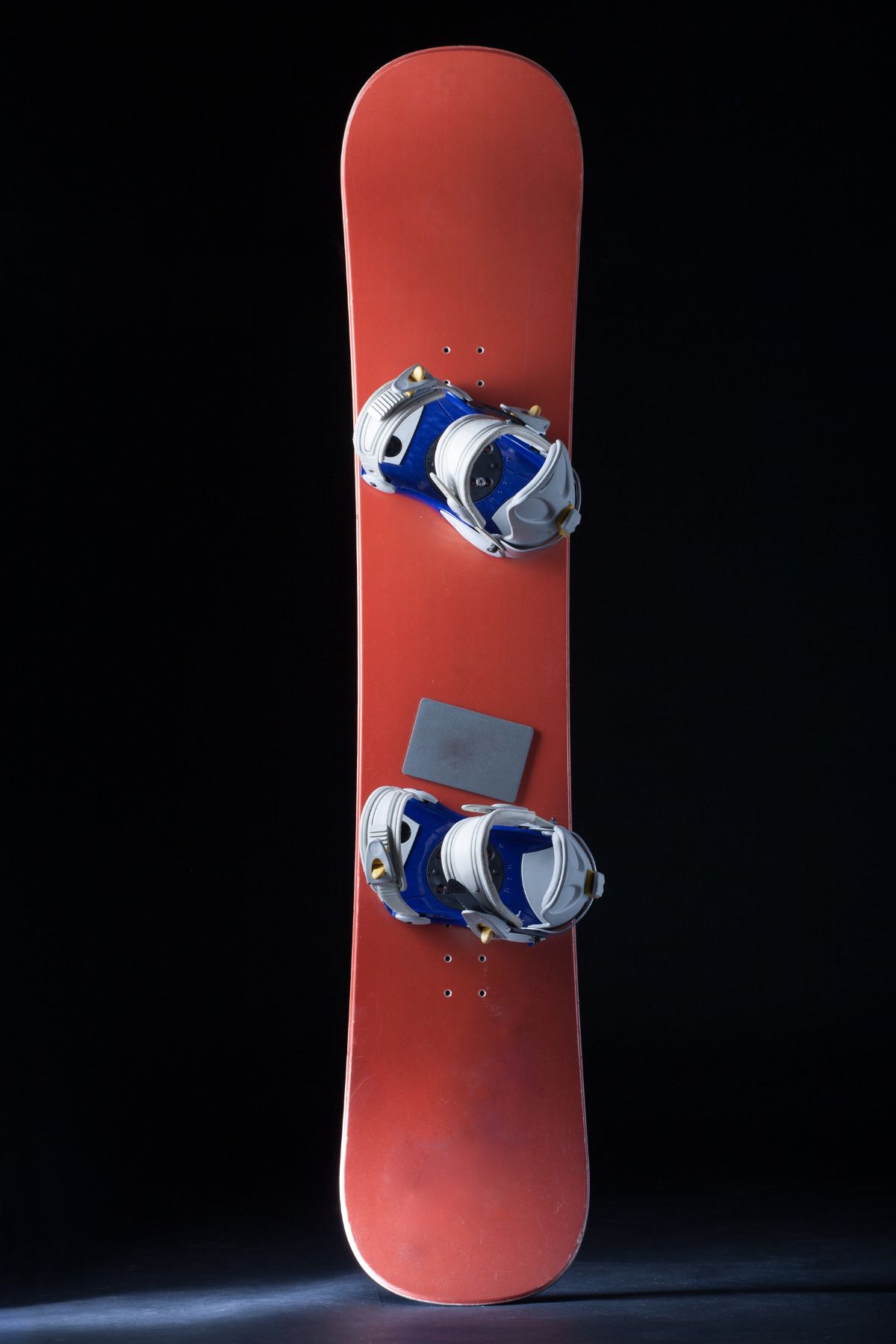This Snowboard size calculator makes choosing the right board length faster and easier than ever.
Snowboard Size Calculator
Picking the correct size is one of the most important decisions any rider can make, yet it’s also one of the most confusing. With so many board shapes, flex ratings, riding styles, and sizing charts, it’s easy to feel overwhelmed—especially if you’re buying a snowboard online, upgrading your gear, or choosing your first board.
This guide breaks down everything you need to know about snowboard sizing: how weight affects board length, how height and skill level matter, why your boot size influences board width, and how modern sizing charts are designed. You will also learn how a snowboard size calculator works, how to interpret the results, and how to make smart adjustments based on your riding style. Whether you’re a beginner, a park rider, a powder hunter, or someone who loves carving at high speed, this comprehensive guide will help you choose the perfect board.

Why Snowboard Size Matters
Many people assume snowboard sizing is simple—just pick a board that reaches between your chin and nose. But that outdated rule is no longer accurate. Today’s boards come in dozens of shapes and profiles designed for different terrains, snow conditions, and riding styles. A modern snowboard size calculator provides more accurate results because it uses weight-based charts, boot size ranges, style preferences, and skill levels to determine the ideal board length.
Choosing the wrong size can cause:
- Difficulty turning
- Poor float in powder
- Edge catch during carving
- Reduced stability at speed
- Fatigue and lack of control
Choosing the right size improves:
- Stability
- Maneuverability
- Balance
- Responsiveness
- Overall fun and confidence
This is why snowboard instructors, rental shops, and major brands like Burton, Lib Tech, Capita, and Jones recommend using a snowboard size calculator.
How The Snowboard Size Calculator Works
A snowboard size calculator uses several data points to deliver a personalized recommendation. Instead of relying on vague height-based rules, it uses the measurable factors that actually determine how a snowboard behaves under your feet.
Let’s break down the primary inputs.
1. Rider Weight (Most Important Factor)
Weight determines the amount of force you apply to the board. Manufacturers create their sizing charts based on weight because it influences board flex and stability.
Heavier riders need longer boards for stability.
Lighter riders need shorter boards for control.
A good snowboard size calculator always prioritizes weight over height.
Example weight-to-length guidelines:
- 100–120 lbs → 142–148 cm
- 140–160 lbs → 152–155 cm
- 180–200 lbs → 158–161 cm
- 220+ lbs → 163–168+ cm
This step ensures your board performs exactly as designed.
2. Rider Height (Minor Adjustment)
Height used to be the main sizing rule, but today it is a secondary factor. Height affects your stance width, leverage, and comfort, so a snowboard size calculator may make slight adjustments based on height ranges:
- Under 5’4″ → subtract 1 cm
- 5’4″–6’0″ → no change
- Over 6’0″ → add 1 cm
This refinement helps riders with unusual height-to-weight proportions.
3. Riding Style (All-Mountain, Freestyle, Freeride)
This is one of the most important refinements a snowboard size calculator uses.
Freestyle / Park Riders
Prefer: Shorter boards
Why: Quicker spins, easier presses, playful feel
All-Mountain Riders
Prefer: Standard length
Why: Balanced stability + maneuverability
Freeride / Powder Riders
Prefer: Longer boards
Why: Better float, stability, and carving power
Proper style adjustment transforms a generic sizing chart into a personalized recommendation.
4. Skill Level (Beginner, Intermediate, Advanced)
Skill level affects board control and confidence.
- Beginners → slightly shorter (-2 cm)
- Intermediate → standard sizing
- Advanced riders → slightly longer (+2 cm)
This ensures that beginners have an easier learning experience, while skilled riders gain high-speed stability.
5. Boot Size (Determines Board Width)
Many riders don’t realize their boot size may require a wide, mid-wide, or standard board width.
A snowboard size calculator usually includes:
- Standard boards (245–255 mm waist width)
For boot sizes: US 7–10 - Mid-Wide boards (255–260 mm waist width)
For boot sizes: US 10–11 - Wide boards (260–270+ mm waist width)
For boot sizes: US 11.5+
Riding a board that is too narrow causes toe and heel drag, which is dangerous while carving.
The Science Behind Snowboard Sizing
Snowboard engineering has advanced dramatically. Board profiles (camber, rocker, hybrid), flex ratings, sidecut shapes, and core materials each affect how a board rides, so sizing rules have evolved too. A modern snowboard size calculator incorporates this information to create more accurate suggestions.
Here are the factors that engineers and designers consider:
- Effective edge length
- Running length
- Board stiffness
- Shape (twin vs directional)
- Profile (camber, rocker, hybrid)
- Taper and width
For example, a rocker board has less edge contact and rides “shorter,” which means some riders may size up. A camber board, on the other hand, provides more edge engagement and may feel longer.

Example
Let’s imagine a rider enters the following:
- Weight: 165 lbs
- Height: 5’10”
- Boot size: 10.5
- Style: All-Mountain
- Skill: Intermediate
A snowboard size calculator would typically output something like:
Recommended Length: 155–160 cm
Width Recommendation: Mid-Wide (255–260 mm)
This is a refined suggestion because it considers all variables—not just height.
Why Weight-Based Lookup Tables Are More Accurate
Many formulas online attempt to calculate board length using math like:
board length = base length + (weight × factor)
However, real sizing is not linear. Major brands use step-based lookup tables because boards are manufactured in fixed increments such as 152, 155, 158, and 161. A high-quality snowboard size calculator uses these tables to match manufacturer standards.
This ensures that the results you receive match the sizes actually available on the market.
How to Adjust the Calculator Results for Your Terrain
Even after you use a snowboard size calculator, some riders may want to adjust manually based on terrain preferences.
If you ride powder often:
Go slightly longer (+2 to +4 cm)
If you ride trees or moguls:
Go slightly shorter (–1 to –3 cm)
If you carve groomers:
Stay at the recommended length or go +1 cm
If you ride park:
Go shorter (–2 to –5 cm)
A calculator provides the baseline, but your personal style refines the choice.
Choosing the Right Width
Board width is just as important as board length. A calculator that includes width recommendations helps avoid:
- Toe drag
- Heel drag
- Poor carving performance
- Instability
If your toes extend more than 1–1.5 cm past the board, you risk catching them during turns.
A snowboard size calculator will prevent this issue by recommending the correct width range.
When to Ignore the Calculator and Trust Your Experience
While most riders benefit from a calculator, some exceptions apply.
You may choose manually if you:
- Ride extremely aggressively
- Spend 90% of your time in powder
- Weigh unusually little or a lot for your height
- Compete in freestyle
- Prefer a very stiff or very soft flex board
In these cases, the snowboard size calculator provides a starting point, and you fine-tune from there.
Who Benefits Most from a Snowboard Size Calculator?
These calculators help:
- Beginners buying their first board
- Riders switching from rental gear
- Parents choosing boards for kids
- Anyone buying online
- Riders between two sizes
- People with large boot sizes
- Riders changing styles (park → freeride)
A snowboard size calculator eliminates guesswork so you can buy with confidence.

Should You Choose the Short End or Long End of the Range?
Most calculators provide a range, such as:
155–160 cm
Here’s how to choose:
- Pick short end → playful, easy turning, beginners
- Pick middle → balanced
- Pick long end → stability, powder, advanced riders
This allows you to fine-tune based on your preference.
Conclusion
Choosing the right snowboard size is one of the most important decisions you’ll make for performance, safety, and overall enjoyment. Old sizing myths simply don’t work anymore, and modern boards are engineered to ride differently depending on weight, style, boot size, and experience level.
A high-quality snowboard size calculator helps eliminate confusion by using real manufacturer sizing data, accurate weight-based lookup tables, style adjustments, height calibration, and skill-based refinement. This ensures you get a board that feels natural, stable, and perfectly suited to your riding goals.
Whether you’re buying your first snowboard or upgrading to a more specialized board, using a snowboard size calculator will help you make an informed, confident decision—so you can ride better, progress faster, and have more fun on the mountain.
How do I calculate my snowboard size?
ou calculate your snowboard size by using a weight-based sizing method, since weight is the most accurate predictor of how a board will flex and perform. Modern brands like Burton, Lib Tech, Capita, and Jones design their sizing charts around rider weight—not height.
Here’s the correct way to calculate snowboard size:
1. Start With Your Weight
Use a weight-to-length lookup chart or a snowboard size calculator.
Example:
140–160 lbs → 150–155 cm
160–180 lbs → 155–158 cm
180–200 lbs → 158–163 cm
2. Adjust for Riding Style
Freestyle/Park: size down 2–5 cm
All-Mountain: standard recommended length
Freeride/Powder: size up 2–6 cm
3. Adjust for Skill Level
Beginner: –2 cm for easier control
Intermediate: no change
Advanced: +2 cm for stability
4. Adjust for Height Slightly
Height is a secondary factor:
Under 5’4″: subtract ~1 cm
Over 6’0″: add ~1 cm
5. Check Your Boot Size for Board Width
US 7–10 → Standard width
US 10–11 → Mid-Wide
US 11.5+ → Wide
⭐ Fastest Method
Use a pro-level snowboard size calculator that combines weight, height, skill level, and riding style to give you a precise range (e.g., 155–160 cm) instead of guessing.
How far should my feet be on a snowboard?
Your feet should be positioned at a stance width that matches your height, riding style, and personal comfort. For most riders, the right stance width is typically about shoulder-width apart—usually between 18 and 23 inches (46–58 cm).
How to find your ideal stance width:
1. Use your height as a starting point
Under 5’4″ → 18–19 inches
5’4″–5’10” → 19–21 inches
5’10″–6’2″ → 21–22 inches
6’2″+ → 22–23 inches
2. Consider your riding style
Freestyle/Park: wider stance (helps balance, spinning, and landings)
All-Mountain: standard stance width
Freeride/Carving: slightly narrower for better edge transfer
3. Match your natural athletic stance
A good test:
Jump straight up and land naturally—your feet will fall close to your ideal stance width.
4. Check board inserts
Most snowboards have multiple insert options. Start in the centered position, then adjust based on comfort.
5. Fine-tune for comfort
If your knees feel strained:
Bring your stance inward (narrower).
If you feel unstable:
Go slightly wider.
⭐ Pro Tip
Use a snowboard size calculator with stance recommendations to get a starting point, then adjust ½ inch at a time until it feels perfect.
Is it better to size up or down on a snowboard?
Whether it’s better to size up or down depends on your riding style, skill level, and conditions, but most riders benefit from choosing a size within the recommended range rather than going too far in either direction.
⭐ When it’s better to size DOWN
Choose a slightly shorter snowboard if you want:
Easier turning
More control at low speeds
Better maneuverability in trees and park
A more forgiving feel for beginners
Quicker spins for freestyle riding
Ideal for:
Beginners, park riders, smaller riders, and anyone who prefers a playful board.
⭐ When it’s better to size UP
Choose a slightly longer snowboard if you want:
More stability at high speeds
Better float in powder
Stronger edge hold for carving
A powerful, fast, freeride feel
Ideal for:
Advanced riders, freeriders, and heavier riders who need more board under their feet.
✔ The safest approach
Stay within the recommended weight-based range for your body, then adjust:
–2 to –3 cm for beginners or freestyle
+2 to +6 cm for freeride or powder
0 cm for all-mountain riding
A snowboard size calculator helps you make these adjustments precisely without overshooting in either direction.
